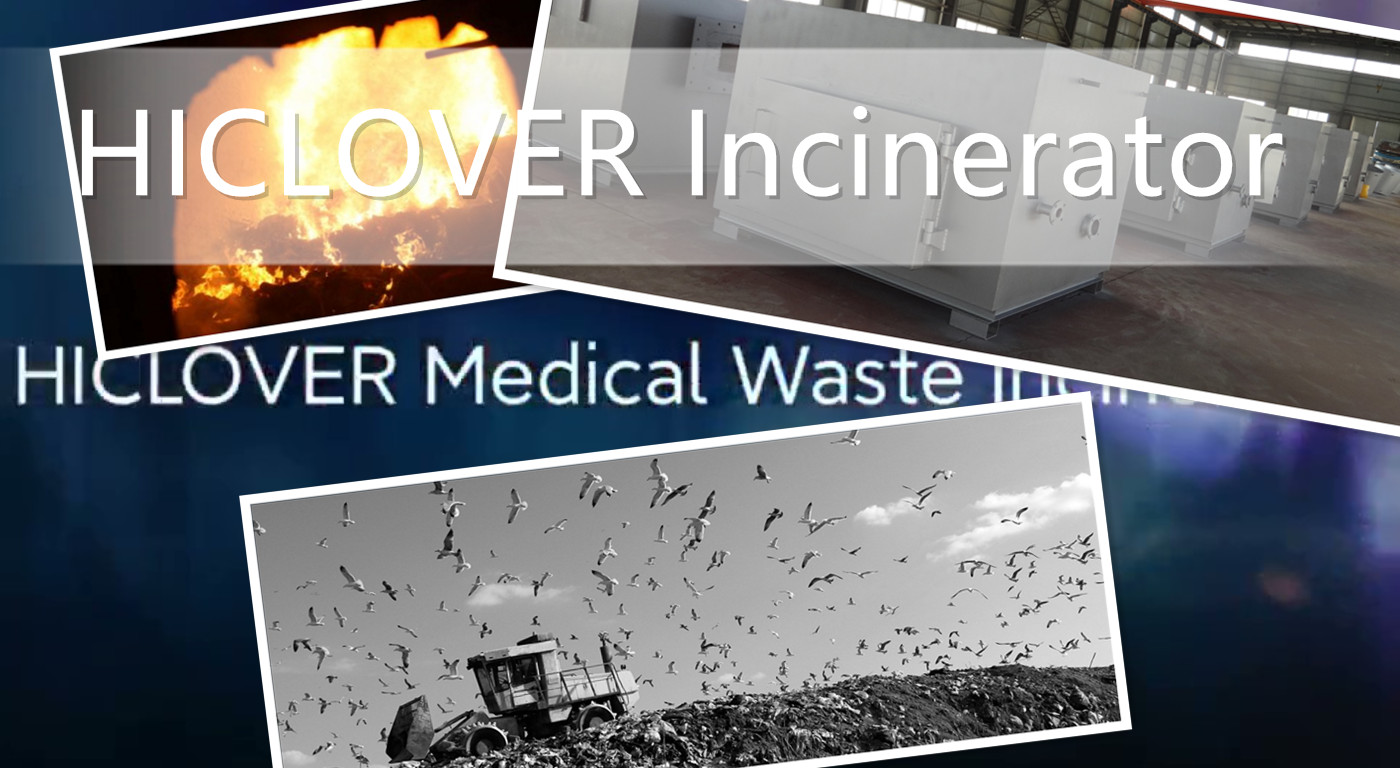Personal protective equipment (PPE) has played a crucial role in protecting healthcare workers during the ongoing pandemic. However, as the volume of PPE usage has increased, so has the need for efficient and safe methods for disposing of it. Incineration is one method that has been used to dispose of hospital PPE, but it is important to ensure that this process is carried out in a way that minimizes the risk of environmental and health hazards.
Efficient and safe methods for incinerating hospital PPE involve careful handling and proper disposal practices. Here are some key considerations for ensuring that PPE incineration is carried out effectively and responsibly:
1. Segregation and Collection: Proper segregation and collection of PPE waste are essential for ensuring that it is disposed of in a safe and efficient manner. Hospitals and healthcare facilities should have dedicated waste bins for PPE, and staff should be trained on how to properly dispose of used PPE to prevent contamination and ensure that it can be easily collected for incineration.
2. Incineration Facilities: Hospitals should work with licensed and reputable waste management companies that operate modern incineration facilities. These facilities are equipped with advanced technology that ensures the safe and efficient incineration of PPE waste, minimizing the release of harmful emissions and pollutants into the environment.
3. Environmental and Health Regulations: It is crucial for hospitals to adhere to environmental and health regulations when it comes to incinerating PPE. This includes obtaining the necessary permits and approvals, as well as monitoring emissions to ensure they fall within acceptable limits. Additionally, regular inspections and maintenance of incineration facilities are essential to prevent any potential environmental or health hazards.
4. Resource Recovery: Some modern incineration facilities have the capability to recover energy from the incineration process. This can help hospitals offset the costs of waste disposal and reduce their environmental impact by harnessing the energy produced from the incineration of PPE waste.
5. Stakeholder Education: Educating hospital staff, patients, and visitors on the proper disposal of PPE is vital for ensuring that it is handled and incinerated safely. Clear signage, training programs, and communication initiatives can help raise awareness and encourage responsible PPE disposal practices.
In conclusion, efficient and safe methods for incinerating hospital PPE involve a multi-faceted approach that encompasses proper segregation and collection, the use of modern incineration facilities, adherence to environmental and health regulations, resource recovery, and stakeholder education. By implementing these practices, healthcare facilities can ensure that the disposal of PPE is carried out responsibly, minimizing the environmental and health risks associated with incineration. As the demand for PPE continues to rise, it is crucial for hospitals to prioritize safe and efficient waste disposal methods to protect both their staff and the environment.



